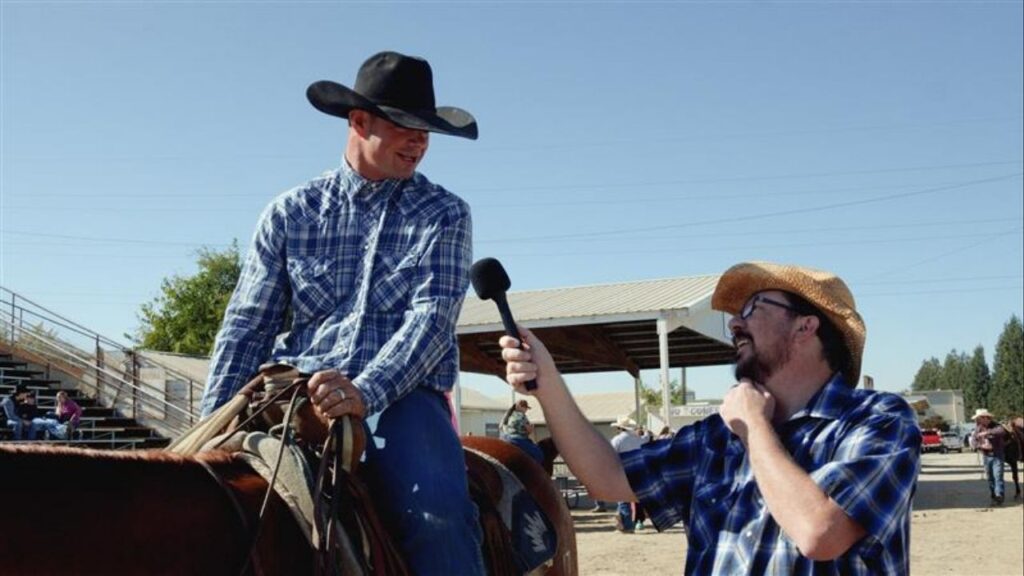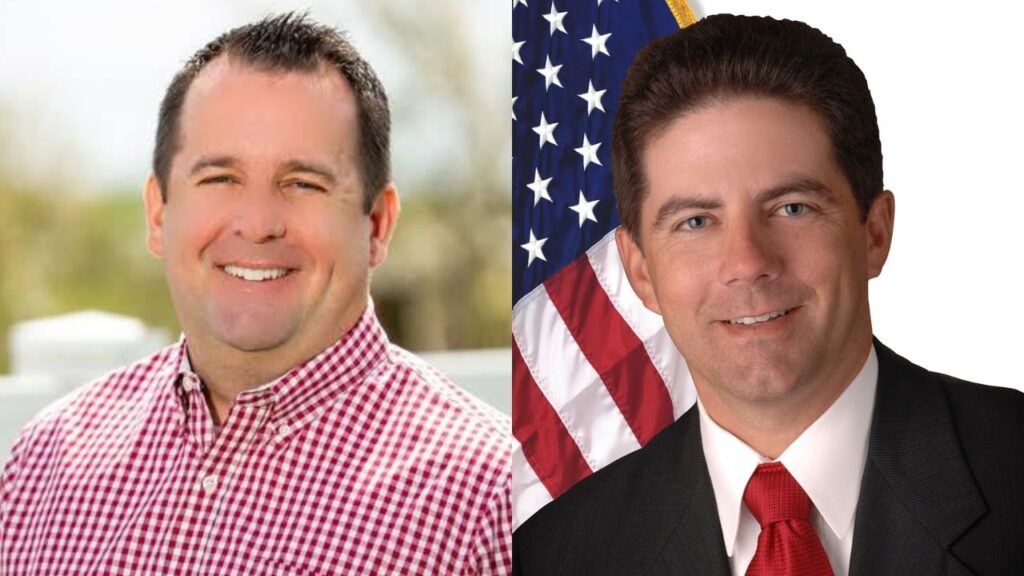These community projects can give renters and low-income homeowners a chance to go solar, but the PUC’s action is unlikely to give them the option. (CalMatters/Catch Light Local/Larry Valenzuela)

- California’s utilities regulator adopts new rules for community solar projects, despite warnings.
- New rules trim the incentives for community solar projects.
- Critics question California's clean energy leadership and criticize Gov. Newsom.
Share
|
Getting your Trinity Audio player ready...
|
California’s utilities regulator has adopted new rules for community solar projects, despite warnings from clean energy advocates that the move will undercut efforts to expand solar power options for low-income customers.

Julie Cart
CalMatters
The state’s biggest utility companies advocated for the new rules.
Community solar projects are generally small-scale, local solar arrays that can serve renters and homeowners who can’t afford to install their own rooftop solar panels. They are one part of the state’s overall strategy to eventually run the power grid entirely by renewable energy.
The Effect on Solar Providers and Residents
The California Public Utilities Commission’s 3-1 ruling preserves and expands programs that will allow any ratepayer to subscribe to a pool of projects and receive a 20% rate reduction, said Commission President Alice Reynolds. But it also reduces future compensation for solar providers and residents.
The commission calculates the benefits derived from distributed, small-scale solar power projects, which provide a “service” by sending clean energy to the power grid and reducing transmission costs by serving nearby communities. Solar developers are compensated for the value of the benefit their project provides.
The formula adopted today essentially reduces the value of distributed small scale renewable energy in the future, providing less of an incentive for new community solar projects to be built.
Related Story: Two Bills Seek to Boost Valley’s Role in Solar Power. Which One Got ...
Uncertainty Surrounding Future Financing and Viability
In the near term, the subsidies and incentives that help promote community solar installation will remain in place, paid for by a recent $250 million grant California received under the federal Solar For All program.
One of the concerns for solar advocates is what happens after that pot of funding runs out and the financial incentive to develop solar evaporates.
“The foundations of a sustainable program should not be built on one-time money,” said Derek Chernow, Western Regional Director for the Coalition for Community Solar Access.
While California has been a leader in promoting solar energy and advocating for an electric grid running carbon-free, the state’s efforts to encourage smaller solar projects has been lackluster. One example of a missed opportunity that critics point to is not requiring community solar projects to have battery storage systems that would allow power to flow after the sun sets.
“We are not done here today, ” Reynolds said, adding the programs can be modified and improved in the future.
With electric bills soaring for many Californians, she also was critical of the impact of “cost shift,” the idea that the subsidies provided to community solar projects are costs borne by all ratepayers. It’s a fundamental fairness argument that the commission has applied in other proceedings to justify reducing subsidies.
But changing or reducing the subsidies and other incentives to a still-maturing industry, advocates argue, will result in fewer solar installations, ultimately cutting out low-income ratepayers from the benefit of renewable energy. Community access solar programs are supposed to ensure that at least 51% of the energy derived from the projects serve disadvantaged customers.
Related Story: Newsom-Backed Utilities Commission Delays Crucial Solar Vote
Critics Question California’s Clean Energy Leadership
Advocates have been bemoaning what they say is California’s lagging clean energy leadership and criticizing Gov. Gavin Newsom, who last week delivered a keynote speech at the Vatican Climate Summit, for not holding the state’s powerful utilities and oil companies to account.
The commission’s community solar decision was quickly added to the list of what critics say is a concerning pattern of backtracking on critical renewable energy policies.
“The CPUC’s recent series of decisions threatens to unravel California’s clean energy progress,” said the Solar Energy Industries Association in a statement. “It’s past time for Governor Newsom and state leaders to reign in the commission before it inflicts more damage on customers and the state’s clean energy economy.”
As it had in earlier closely-watched decisions, the commission heard from a myriad of organizations, including the solar industry and environmental justice groups, advocating for programs that would expand access to clean energy and reduce power bills.
There was scant public comment during the morning hearing but at least two state legislators voiced their opposition to the proposal. Assemblymember Christopher Ward noted that the updated proposal had only been released this week and decried it as “fatally flawed.”
Related Story: California Schools Can’t Keep Pace with Utility Bills. Lawmakers Must Fix ...
“This does not reflect the intent of the bill,” Ward, a Democrat from San Diego, told commissioners, referring to legislation he authored that required the commission to review its rules. The unintended result of today’s decision, he said, would be to discourage new projects.
An aide to Sen. Josh Becker, a Menlo Park Democrat, read a letter from the lawmaker saying that experts doubt the policies will expand access to clean energy.
In extensive remarks, Commissioner Darcie Houck outlined several concerns about the decision, including her view that it didn’t go far enough to benefit ratepayers in low-income communities. Much of the commissioner’s dissent centered on provisions that she said will disincentivize adoption of solar and won’t allow for a “ just and equitable energy transition.”
About the Author
Julie Cart is a projects reporter on CalMatters’ environment team who focuses on wildfires and natural resources. Her projects have included an examination of the state’s push to build massive offshore wind farms, a deep dive into the crisis of PTSD and suicide among California firefighters as wildfires escalate, and the vulnerability of the state’s coastlines to rising sea levels.
About CalMatters
CalMatters is a nonprofit, nonpartisan newsroom committed to explaining California policy and politics.



















